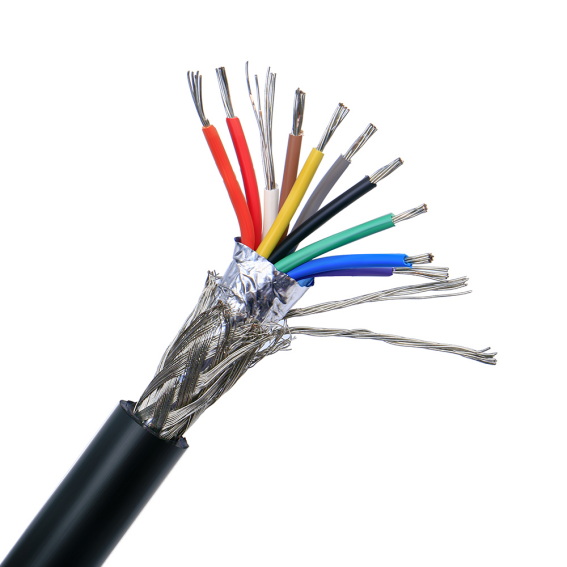Email format error
Email cannot be empty
Email already exists
6-20 characters(letters plus numbers only)
The password is inconsistent
Email format error
Email cannot be empty
Email does not exist
6-20 characters(letters plus numbers only)
The password is inconsistent

News at Linke
News from National Cable And Wire Manufacturing Company.

Elevator Cables: Ensuring Safe and Efficient Vertical Transportation
In the world of vertical transportation, elevator cables play a crucial role in ensuring the smooth and safe movement of elevators. Elevator cables are specialized ropes designed to bear heavy loads while providing reliable traction. In this blog post, we will delve deep into the significance of elevator cables, their key components, and the latest advancements in their design and manufacturing.
I. The Importance of Elevator Cables in Vertical Transportation
Elevator cables are the backbone of elevator systems, responsible for the secure movement of elevators in buildings, whether they are residential, commercial, or industrial. They are critical in ensuring passenger safety, operational efficiency, and overall functionality. By providing necessary support and traction, elevator cables enable elevators to carry heavy loads and transport people between different floors seamlessly.
II. Understanding Elevator Cable Components
1. Core: The core of an elevator cable is typically made of high-strength steel, ensuring maximum load-bearing capacity and durability.
2. Strands: Elevator cables consist of multiple strands of steel wires tightly wound together. The number of strands may vary depending on the cable's intended application and load requirements.
3. Outer Sheath: Elevator cables feature an outer sheath made of specialized materials such as polyurethane or neoprene. The sheath provides protection against moisture, corrosion, and external damage, enhancing the cable's longevity.
III. Latest Advancements in Elevator Cable Design
1. Enhanced Safety Features: With the advancements in technology, elevator cable manufacturers have introduced innovative safety features such as flame-retardant coatings and fire-resistant materials. These enhancements ensure elevators can withstand extreme heat and prevent cable failures during emergencies.
2. Energy Efficiency: Elevator cables now come with improved energy-efficient designs that minimize power consumption during operation. Reduced friction between the cable and the pulley system contributes to energy savings and lowers operational costs.
3. Noise Reduction: Noise pollution caused by elevator cables is a common concern. However, modern elevator cable designs incorporate noise-damping materials and smoother surfaces, significantly reducing noise levels and creating a more comfortable environment for passengers.
IV. Choosing the Right Elevator Cable Supplier: Linke
When it comes to quality elevator cables, Linke is a trusted provider known for its dedication to safety, performance, and customer satisfaction. With years of experience in the industry, Linke offers a wide range of elevator cables customized to meet the unique needs of various vertical transportation systems. Whether you require standard elevator cables or seek ODM solutions tailored to your specifications, Linke can provide reliable and cost-effective options, ensuring the smooth operation of your elevators.
Conclusion:
Elevator cables are an essential component of modern vertical transportation systems, guaranteeing safe and efficient movement between floors. With ongoing advancements in design and manufacturing, elevator cables are becoming even more reliable, energy-efficient, and quiet. Partnering with a reputable elevator cable supplier like Linke ensures the availability of high-quality products that meet industry standards and cater to specific requirements. Elevator cables may go unnoticed by passengers, but they play a vital role in facilitating everyday vertical transportation with convenience and peace of mind.

